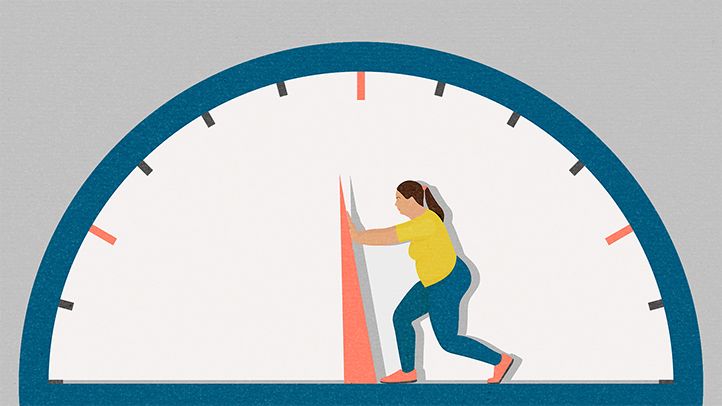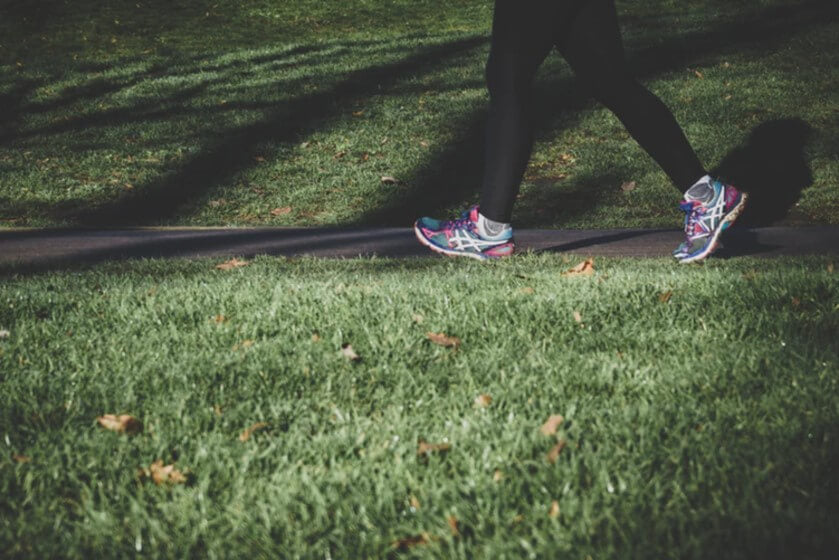
There are foods that are beneficial for fighting inflammation. Some of these foods are sweet, others reduce inflammation. While everyone has different triggers, the foods you should avoid are the same across the board for many people. You can also avoid processed dairy, meat, and cheeses like nacho cheese dip. There are also certain fats that help regulate inflammation. This list will hopefully help you make a decision about which foods you want to include in the diet.
Fats that regulate inflammation
Translocation of gut microbes into the bloodstream can be promoted by dietary fat. The microbiome of our gut contains over 100 trillion bacteria species and one gram LPS (lipoic acids), which is an endotoxin produced by gram negative bacteria. LPS (lipoic acid) is an important inflammatory signal for the body. It has bioactivity in the micrograms per liter range. LPS can vary from one micromicrobial species to the next.

Fiber
Experts recommend limiting your intakes in saturated fat and cholesterol. These are two main causes of inflammation. Some people believe this diet is better than others. A high-fiber diet lowers inflammatory proteins and fats. This includes homocysteine which is a hormone associated with heart disease. You can also limit the intake of processed foods, such as white flour or sugar.
Leafy greens
Chronic inflammation affects many people. Although chronic inflammation can be avoided, it can increase your risk of developing a number of diseases. Anti-inflammatory foods like leafy greens are great for reducing inflammation and preventing serious health problems. These vegetables are rich in essential vitamins and nutrients, such as magnesium which can be helpful for stress management and iron which is important for maintaining healthy red blood cells.
Saturated fatty acids
Many anti-inflammatory diets suggest that inflammation can be caused by saturated fats. While it's possible that saturated fats can cause inflammation, they aren't the only culprit. Highly processed foods and foods high in trans fat are other foods that cause inflammation. But some foods do contain beneficial nutrients. These include green tea and red wine. Although there aren't anti-inflammatory foods, it is possible to adopt healthy eating habits.
Meat
Healthy eating habits include foods rich with anti-inflammatory nutrients. Red meat is one example of a food that can cause inflammation. It is better to substitute red meat for organic vegetables, fish, and poultry. It is important to choose lean meat cuts that aren't injected with hormones, or processed with high levels of fat milk. Another anti-inflammatory diet food to avoid is processed meat.

Processed foods
Eating too much processed food can cause internal inflammation. These foods, even though they can be difficult to avoid like candy and soda, are extremely harmful. They are often high in sugar which can increase blood sugar and cholesterol. Many people do not realize they are eating these foods. If this happens, symptoms such as fatigue, weight loss, headaches, and digestive problems can occur. These symptoms can last up to weeks.
FAQ
What should I eat when I fast intermittently to lose weight
You can lose weight by cutting out carbs. This means that you should cut out carbohydrate-based foods like bread, pasta and rice.
Because it makes you feel fuller, you'll want to limit your intake of protein. So you won’t feel hungry as often.
Focus instead on foods high in healthy fats such olive oil and avocado, as well as nuts and seeds. These foods keep you satisfied even after hours of eating.
It's important to make sure you're drinking plenty of water, too. Water helps you to stay hydrated which makes it easier for you to lose weight.
These foods may be what you crave when you eat fast. But that doesn't mean you have to give in to those cravings. You could gain more weight than what you lose if you do.
Try to limit how many calories you eat each day. This will help prevent you from overeating. When hunger strikes, drink a glass of water instead of reaching for another snack.
Although it might seem counterintuitive, this is actually proven to be a great way to lose weight. According to a study published in Obesity, participants consumed fewer calories if they drank plain water rather than sugary beverages.
In addition, drinking plain water helped reduce feelings of hunger. Drinking water is the best way to lose weight if you don't want sweetened beverages.
Weight loss doesn't require you to restrict your intake of calories or eat less. Instead, make small lifestyle changes.
Try swapping out your usual breakfast sandwich in favor of a bowl o' oatmeal. Try swapping your afternoon cookie to a piece or fruit.
These simple swaps can add up over time to help you shed excess weight without spending hours in your kitchen.
Is there a difference between intermittent fasting, calorie restriction, and intermittent fasting?
Calorie restriction means eating less calories than your body requires. Intermittent fasting, on the other hand, doesn't restrict calories. Intermittent fasting focuses more on eating fewer calories every day.
Intermittent fasting allows you to indulge in foods that you love while feeling guilt-free.
Each method has its pros and cons. You have to decide which method you prefer.
What is the best way to exercise when you are busy?
Doing exercises at home is the best way to stay in shape. You don't have to join a gym or go to a fitness center to stay fit. You can do simple exercises at-home without having to purchase expensive equipment.
You will need a pair, mat, chair, timer, and some dumbbells.
Consistency is the most important thing. If you are absent for a few weeks, you could lose your motivation.
A great way to start off would be to try lifting weights three times per week. These could include push-ups/pull-ups/squats, push-ups/pull-ups or dips/curls.
Once you've mastered the basics, you can start to move on to other types of exercise such as running or jumping rope, skiing, yoga, Pilates and dancing.
Make sure you choose the right exercise program for your needs. For example, if you are working long hours, then you might want to avoid exercises that require too much energy.
If you are a night owl, then you should consider exercising during the evening rather than early morning.
Be aware of your body and rest when you feel tired.
How to Create an Exercise Routine?
First, create a routine. It is important to plan what you will do each morning and how much time you will be doing it. This will help you plan ahead and prevent procrastination.
The second thing is to ensure that you have plenty of variety in your workout. It is important not to get bored while exercising. This will cause you to lose interest and make it difficult for you to stick with it.
You should also keep track of how you are progressing. It's important that you keep track of the weight you have gained or lost over time.
If you start off by losing weight, it's easy to lose motivation if you don't gain any additional weight. It's harder to stay motivated if you gain too many pounds.
Find a healthy balance between losing weight and gaining weight. If you're not happy with where you are, then you'll be less likely to continue exercising.
What can I eat in the morning while intermittently fasting
You should try drinking water first thing in the morning. This will make you feel fuller and give you energy all day. Add lemon juice or cucumber pieces to spice it up.
Statistics
- One study in 9 active men found that HIIT burned 25–30% more calories per minute than other types of exercises, including weight training, cycling, and running on a treadmill (18Trusted Source (healthline.com)
- According to Harvard Health, it's estimated that a 155-pound (70-kg) person burns around 167 calories per 30 minutes of walking at a moderate pace of 4 mph (6.4 km/h) (5). (healthline.com)
- It's estimated that half of all American adults attempt to lose weight every year (1Trusted (healthline.com)
- One 6-month study showed that simply doing 11 minutes of strength-based exercises 3 times per week resulted in a 7.4% increase in metabolic rate, on average. (healthline.com)
External Links
How To
How to Intermittent Fasting
Intermittent eating is a way to lose weight that you only have one day of the week. It's usually Monday through Thursday. This allows you to reduce your calorie intake and still get adequate nutrition. It's believed that this helps burn fat faster than if you were eating normal meals throughout the entire week.
The most common type of IF is to restrict calories on specific days of the week. This would mean that you skip breakfast each morning, and then eat whatever food you like throughout the day. You can also opt to eat three small meals a day instead of two large.
Many forms of intermittent fasting are available, such as alternate day fasting (5/2 fasts), 8/4 fasts and 16/8 fasts. There are pros and con's to every type of intermittent fasting. Alternate-day fasting is the easiest method to get started because it doesn't require any significant lifestyle changes. Some people may find it difficult to adhere to such a strict schedule, so they might try other methods.
If you're looking to start an intermittent fasting routine, I recommend starting with alternate-day fasting. This will allow you to gradually transition into more extreme fasting routines without completely changing your lifestyle.